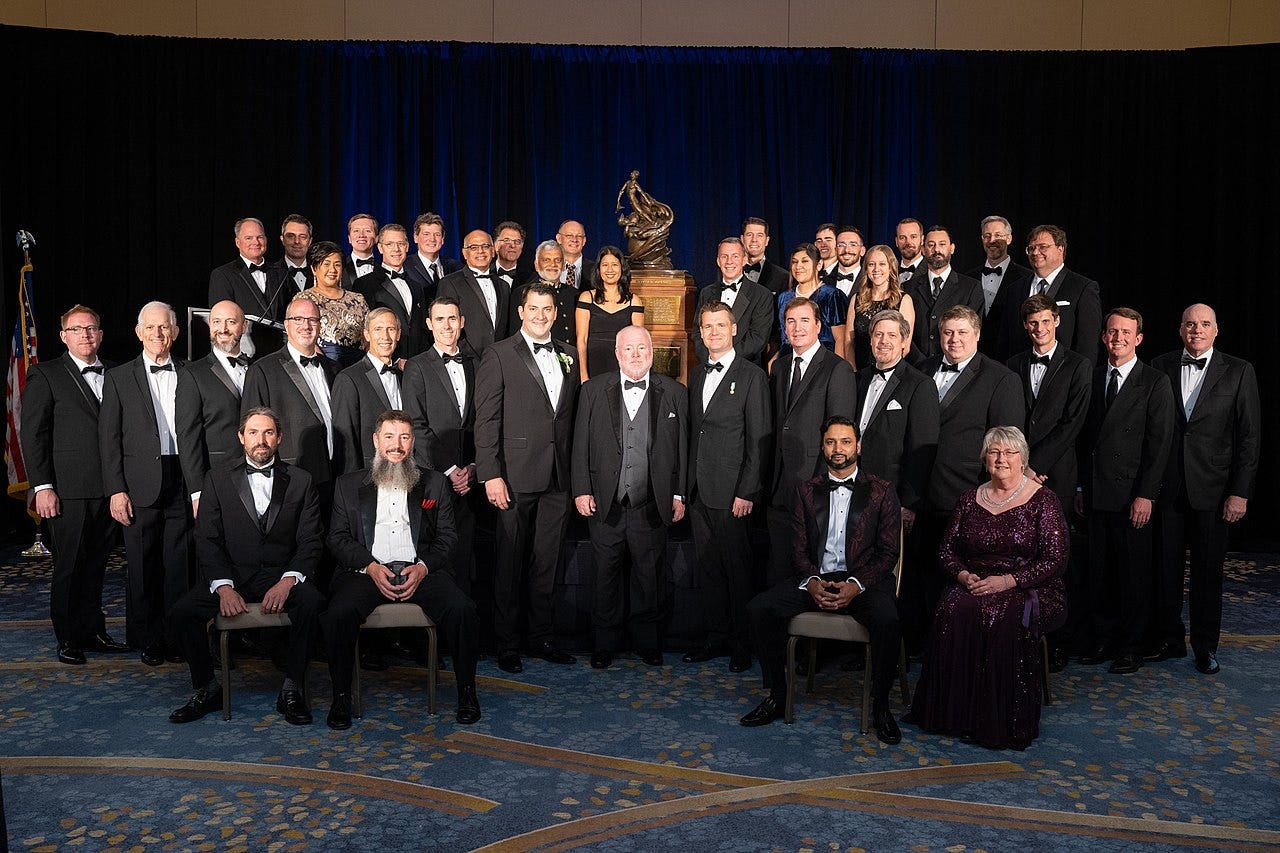Image: the planet Mars (https://wallpapercave.com/planet-mars-wallpapers).
I was amazed to learn, today, a year after it started operations, that NASA has sent a helicopter to Mars. And it flies. It takes pictures and sends the pictures to a buddy called Perseverance, which forwards them to NASA on Earth. It was named by a schoolgirl: Ingenuity, but its makers call it Ginny, and call the buggy Percy. Percy and Ginny have gone where no man went before. Amazing.
The reason why I was amazed is that I didn’t think a helicopter, which depends on generating a downdraft, could fly on Mars, because there’s no air on Mars. Well, there’s no air, but there is an atmosphere, which is 95% carbon dioxide. It’s like a helicopter flying on Earth at 84,000 feet, where the atmosphere is a thin as it is on Mars. It achieves that by its rotors (it has two, which turn in opposite directions) whirring much faster than a helicopter that flies on Earth. They get warm as a result, so its flights are short. On Wikipedia, you can see one – Flight 13. Amazing.
A lot of Ginny is made from what are called COTS parts. COTS means commercial, off-the-shelf. You could pop into a local branch of Radio Shack and probably buy yourself the parts to make your own Ginny. Amazing.
It cost around $80 million to build, however, and that would probably be outside most people’s pockets. And then there’s the problem of getting to Mars to actually fly it. But it is still pretty amazing. I’m amazed, anyway.
But I’m amazed by the whole Mars project, sending buggies and helicopters up to Mars to explore its barren wasteland, and for what? To exploit it? To mine it? To give us pretty wallpapers for our computers? To acquire knowledge? To give employment to people who know a lot and can do these things? To give opportunities for awards photos, like this one?
Image: Winners of the Collier Award for the Ingenuity helicopter (by NASA/National Aeronautic Association - https://photojournal.jpl.nasa.gov/jpeg/PIA25324.jpg, Public Domain, https://commons.wikimedia.org/w/index.php).
I suppose the knowledge that is being reaped from Ginny and Percy is serving an ultimate purpose and I suppose that that purpose may one day become clear. Perhaps that old acquaintance of mine from theatre days will one day be up there, waving at us down some radio link provided by Percy, as he eats his wheatie-bangs before hopping off on the 8.50 to work. Amazing.
I wonder sometimes whether there’ll be anyone here for him to wave to. Something else that’s amazing is that there are astronauts up in the space station right now, some American, one from the United Arab Emirates and one from Russia.
Now, that is the most amazing of all. Two hundred and fifty-nine miles above the Earth, an Arab, and some Americans and a Russian have all put aside their political fatherlands’ differences and are united in an endeavour that is being made in the name of mankind, regardless of whose benefit it might actually be for. They float above the Earth with no earthly connection but radio, just as Mars floats above us at a distance of 100 million miles with no earthly connection but radio. And, yet, in some ways, their connection with Earth is greater than some of the connections that are possible here upon Earth, between belligerents and enemies and cultures that refuse an understanding of one another. Some, the very nations represented on that space station. Amazing.
In 1976, I bought an album by the English musician Rick Wakeman, which is entitled No Earthly Connection. It’s a concept album, inspired by Wakeman seeing a UFO one night in Miami. At least, he says it was a UFO, and so does Roger Newell, his bassist, and so did the local newspapers the next day. I think Wakeman believes that that is what he saw; why else would he have dedicated his entire next album to the idea, which one writer describes as Wakeman's “own personal journey into the unknown”? Wakeman is an artist whom I greatly respect, and he wrote No Earthly Connection as something, he said, “that I believed in fervently.” He probably meant that as an answer to his label, with whom he had a number of battles to get the piece produced. Or perhaps he said it of the UFO.
Whatever comes of the expedition to Mars by Ginny and Percy, one thing surely inspired it and is a product from every day that these erudite scientists spend on the project, and that is: hope. Of what, perhaps many of them cannot say. But if space exploration engenders hope among the body of Earth’s scientists, then perhaps that will one day materialise in engendering hope among Earth’s politicians. If they can do it in the heavens, then let them do it as it is, here on Earth. With a little ingenuity.
Whether our connections are earthly or Martian, all our own personal journeys are into the unknown. Amazing.





